
Speedlink Kudos Z-9 and Decus Reviews
Speedlink isn't a company that we've seen products from before, but it actually has a fairly vast catalogue and has recently started to take more of an interest in the PC gaming market like so many others have. For its bit-tech debut, Speedlink has chosen to send us a couple of its gaming mice – the Kudos Z-9 and the Decus.Speedlink Kudos Z-9 Review
Manufacturer: SpeedlinkUK price (as reviewed): £39.07 (inc VAT)
US price (as reviewed): $54.99 (ex Tax)
The Kudos Z-9 is a right-handed mouse with an ergonomic design, though it does seem built more with smaller hands in mind. The thumb area is heavily indented and has a rubberised finished while the coating is soft-touch elsewhere excluding the glossy middle cross-shaped section which we're less keen on. Still, it's well built and generally pretty comfortable. A full palm grip can feel like you're engulfing it, and your ring and pinky end up a bit too far forward to be supported by the right side. Bringing your hand a little further back to something in between a palm and claw grip, however, works well, but you may still experience a little pinky drag here and there.
The Kudos Z-9 isn't short on buttons – it has 11 of them, nine of which are programmable. The main clickers are decoupled from the body and rest atop Omron switches, which here have a medium weighting and the usual pleasant feedback. Excluding the scroll wheel, the remaining buttons all come in smooth, glossy plastic. They feel a bit cheap, but function well. The thumb buttons, for example, are sensibly placed and sized, though the action is a bit bouncy.
The scroll wheel is a 4-way design, meaning it can tilt left and right as well as scroll up and down (and be clicked in the usual way). This is a bonus if you're often working with large spreadsheets, but it also gives you two additional functions you wouldn't normally get that are very quick and easy to access. The wheel itself is a bit loose, but has a nice surface and good notches when scrolling. The three clickable directions (left, right and down) are well distinguished and we never accidentally tilted when clicking straight down. The four buttons south of the scroll wheel are mostly decent – the top three are pretty easy to hit, but the lowest one is quite a stretch. This is the DPI toggle, and the one above it is the profile toggle – these two commands cannot be changed.
This is not an especially heavy mouse, nor is it particularly light – this is a good thing, as the weight is non-adjustable. The large PTFE feet mean that movements are very smooth, but the 1.8m braided cable was dragging at first – thankfully, manually lifting it up solved this, with the anchor point keeping it elevated thereafter.
Custom settings for your five profiles are stored in the internal memory so you can take them with you. The main interface of the software gives you an image of the mouse so you can easily select which of the 11 commands (including scroll up and down) you want to alter. You can open the Function List for a drag and drop process, hit the quick bind button for basic mouse/keyboard commands or click the button description for the full, categorised list of commands – there are plenty to choose from. Settings are applied as you click them; it's responsive, slick and intuitive.
The scroll wheel is lit in red by a breathing effect and there's no way to alter this. You also have four red DPI indicators, and these are nicely placed as your finger doesn't block them from view. The two clear strips just behind the main buttons, however, can be set to one of 64 colours by hovering over the currently selected profile and choosing the menu that appears. Whatever colour you choose will breathe in time with the scroll wheel – it's a shame the colour customisation doesn't apply to the wheel also, but at least you get a visual cue when switching profile.
As the DPI indicators suggest, the Kudos Z-9 stores four DPI settings per profile. The 8,200 DPI laser sensor has a minimum resolution of 50 DPI and can be set in 50 DPI steps, including X/Y axis separation if you wish. Sensor performance across the range is very good – it doesn't feel quite as smooth as certain optical sensors we've seen recently, but equally it has no easily identifiable problems and felt very accurate. Acceleration and angle snapping are disabled by default, but you can re-engage them should you wish. 8,200 DPI is a bit ridiculous for most, but at regular levels jitter isn't a problem either. The lift off distance is also very low, about the height of a single CD. You can also alter the mouse's polling rate (maximum 1,000Hz, default 500Hz) and the software has an OSD for profile and DPI changes, but this too can be disabled.
The macro editor isn't the most advanced but it reflects the rest of the software in being quick and easy. You get three playback modes available, as well as the option to record delays or insert them after the fact. One thing we do like is that it tells you how big your macros are in bytes, and the remaining memory left on the mouse.
Conclusion
For less than £40, the Kudos Z-9 is an impressive gaming mouse. It sports an accurate laser sensor with plenty of customisation and an impressively low lift-off distance, and masses of programmability. Despite having 11 buttons, they're basically all easy to reach and thus of genuine use in games. The software impressed us too with its intuitive layout and responsive interface. The design lends itself well to a variety of games, so we're happy to recommend it if you're after a general-purpose gaming mouse.

MSI MPG Velox 100R Chassis Review
October 14 2021 | 15:04

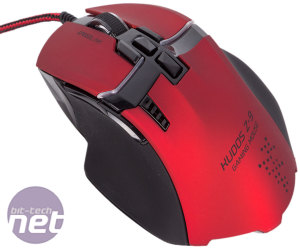
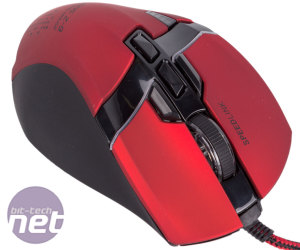
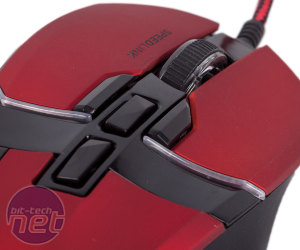
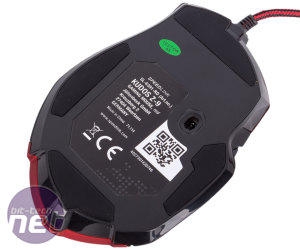
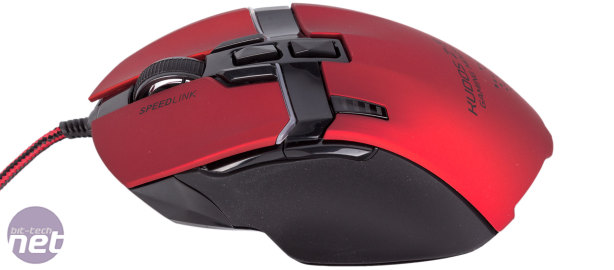
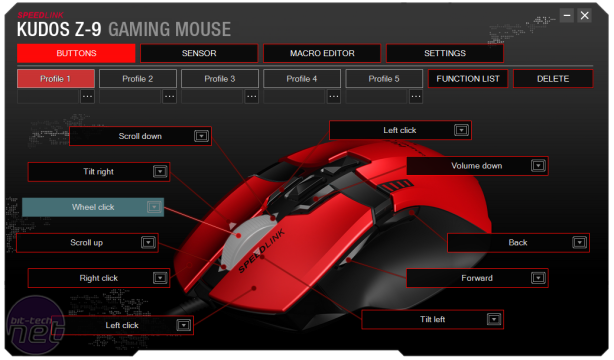
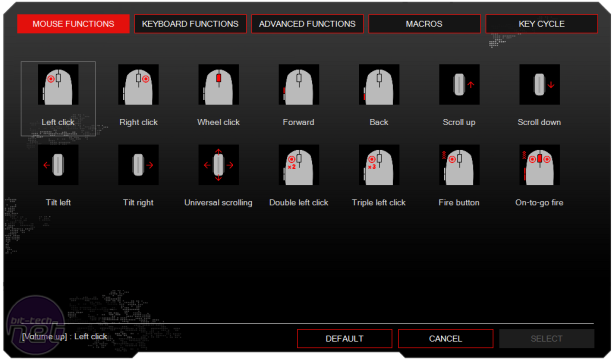
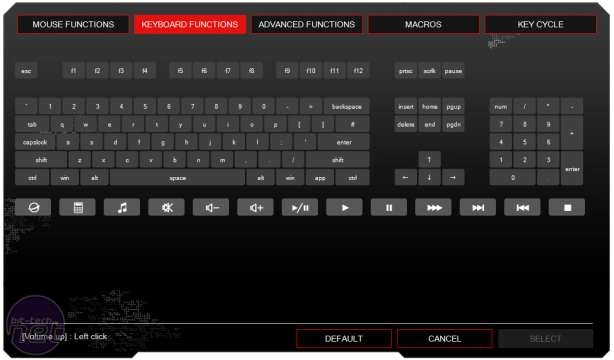
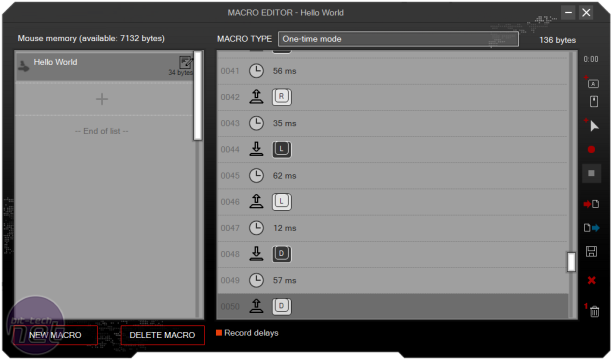







Want to comment? Please log in.